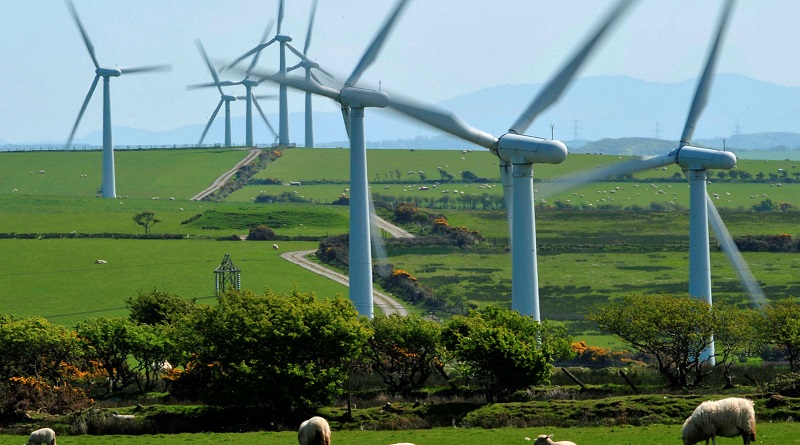Canada: Report warns over-reliance on negative emissions technologies
A new report from West Coast Environmental Law, Net Zero or Net Reckless, warns that technofixes that aim to suck carbon dioxide out of the atmosphere should play only a limited role in Canada’s future climate plans. The report pushes back against politicians and oil and gas industry leaders who have advocated for large-scale development of industrial “negative emissions technologies” instead of immediate reductions in greenhouse gas emissions. West Coast is concerned that Canada’s Emissions Reduction Plan, released yesterday, proposes for the first time using negative emissions technologies to achieve its 2030 target but fails to clarify how and to what extent these technologies will be used.
“Our review of the scientific literature is clear: the world needs reductions in fossil fuel pollution combined with a realistic – and very limited – use of negative emissions technologies.” said West Coast’s Climate Accountability Strategist, Fiona Koza. “The world needs these technologies to help restore the atmosphere and to capture the emissions from a small number of essential but extremely difficult to decarbonize processes, not as an excuse to delay emissions reductions or to continue oil and gas production and use.”
Direct Air Capture and Bioenergy with Carbon Capture and Storage are two technologies used to suck carbon dioxide from the atmosphere. Both have only ever been implemented at a very small scale and have massive resource or land demands that severely limit their use. They are cousins to the better-known Carbon Capture and Storage (CSS), which reduces greenhouse gas emissions from industrial sources, rather than removing them from the atmosphere, and which raises some of the same problems.
Canada’s new Emissions Reductions Plan predicts that by 2030, Direct Air Capture in Canada will suck approximately seven hundred thousand tonnes of carbon dioxide out of the atmosphere each year, but it says nothing about its role in the climate plan, who will pay for it, or the massive energy, land and water impacts, and potential impacts on Indigenous Peoples that it brings.
The Net Zero or Net Reckless report finds that, depending on the technology used, how it is powered, and what is done with the captured carbon dioxide, even that modest amount of Direct Air Capture could require tens of millions of Gigajoules of energy and millions of tonnes of water, and could even increase greenhouse gas emissions.
“Done right, a small amount of negative emissions technologies can be part of the solution,” said Koza. “But done badly they are a subsidy to the fossil fuel industry that can make climate change worse.”
West Coast Environmental Law will be monitoring implementation of Canada’s new Emissions Reduction Plan to see if technological solutions are limited to the role that science demands.




